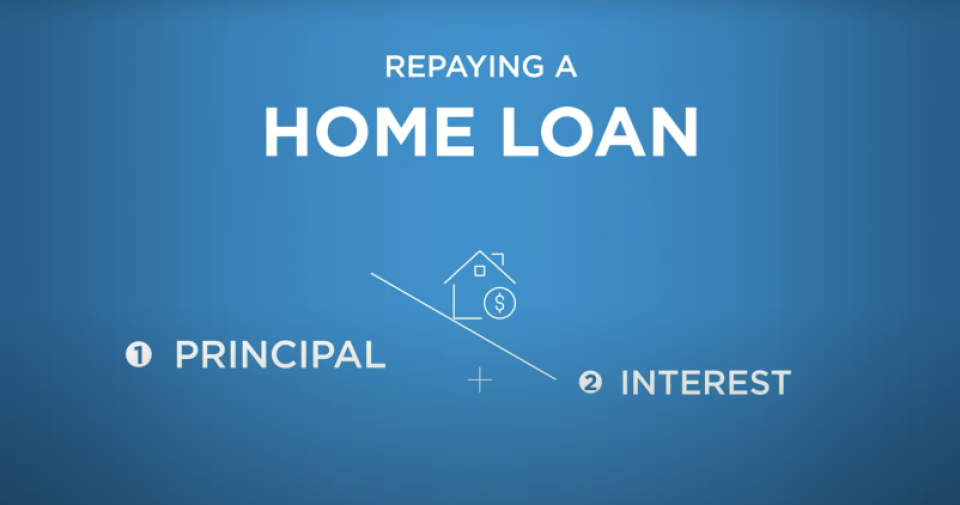In the realm of personal finances, one of the most crucial factors affecting loans and repayments is interest rates. These rates wield immense power, influencing borrowing costs, monthly payments, and the overall financial health of individuals and businesses. We, as financial experts, are here to elucidate the intricate relationship between interest rates and loan repayments, unraveling their impact on different types of loans and exploring strategies to navigate this dynamic landscape.
Chapter 1: Interest Rates: The Fundamental Driver
At its core, an interest rate is the percentage charged by a lender for the use of their money, commonly expressed as an annual percentage rate (APR). This rate acts as the lifeblood of loans, dictating the cost of borrowing and shaping the total amount to be repaid.
Chapter 2: Direct Influence on Loan Repayments
The influence of interest rates on loan repayments is profound and direct. For instance, in a fixed-rate loan scenario, where the interest rate remains constant throughout the loan tenure, changes in the rate significantly impact monthly payments. A lower interest rate translates to reduced borrowing costs and lower monthly payments, making it more affordable for borrowers.
Chapter 3: Variation Across Loan Types
Different loan types respond differently to fluctuations in interest rates. Mortgages, car loans, student loans, and personal loans all have distinct structures and terms. Mortgage loans, for example, often involve long tenures, where even a slight change in interest rates can result in substantial differences in total repayment amounts.
Chapter 4: Adjustable-Rate Loans: A Moving Target
Contrastingly, adjustable-rate loans are more susceptible to interest rate variations. These loans feature interest rates that adjust periodically, leading to fluctuating monthly payments. Borrowers opting for such loans should anticipate potential increases in payments as interest rates rise.
Chapter 5: Strategies to Navigate Rate Changes
Mitigating the impact of interest rate changes on loan repayments requires strategic planning. Refinancing loans at lower rates, making additional payments, or consolidating high-interest debts are effective strategies to curtail borrowing costs and streamline repayments.
Chapter 6: Economic Factors and Interest Rates
Understanding the broader economic context is pivotal in comprehending the fluctuations in interest rates. Economic indicators, such as inflation rates, government policies, and central bank decisions, heavily influence interest rate movements. Being cognizant of these factors empowers borrowers to make informed financial decisions.
Chapter 7: Long-Term Financial Planning
Incorporating interest rate variations into long-term financial planning is indispensable. Assessing the impact of potential rate hikes on loan repayments enables individuals and businesses to brace for financial changes and adopt proactive measures to manage repayments effectively.
Conclusion
In summation, the impact of interest rates on loan repayments is profound, shaping the financial landscape for borrowers across diverse sectors. Understanding the nuances of interest rates and their influence on different loan structures empowers individuals and businesses to make informed financial decisions. Strategic planning, coupled with a comprehensive understanding of economic factors, serves as a beacon in navigating the ever-evolving realm of loan repayments amidst fluctuating interest rates.
